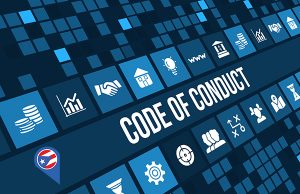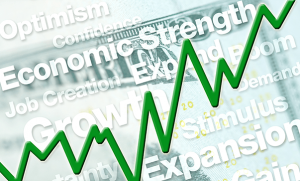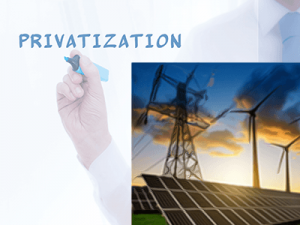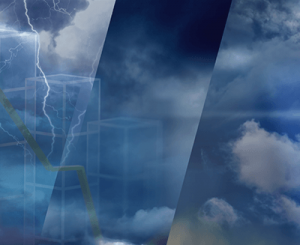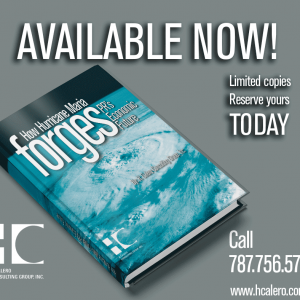
01/20 Puerto Rico Needs to Be Rebuilt Once and For All
January’s earthquake, if anything, marked a point of no return
Almost two and half years after the devastation caused by Hurricane Maria, PR faces yet another major reconstruction task, albeit this time, mostly constrained to its southern shores. The geographical limitation, however, does not make it any easier as the combination of unpreparedness, lack of any substantial domestic emergency funds and ongoing austerity measures creates a very real and dangerous scenario. Depending on federal approval for reconstruction funds is almost the same as depending on international aid for reconstruction and, in this sense, PR’s recovery looks a lot closer to El Salvador’s than the one that took place in Chile. Moreover, it is by now abundantly clear that we can ill afford another botched reconstruction effort as a second mass migration is likely to ensue. To avoid it, we will need investments that can trigger virtuous cycles of economic activity, not just short-term construction-related projects. Otherwise, we could remain stuck in our current predicament for a long time to come.



